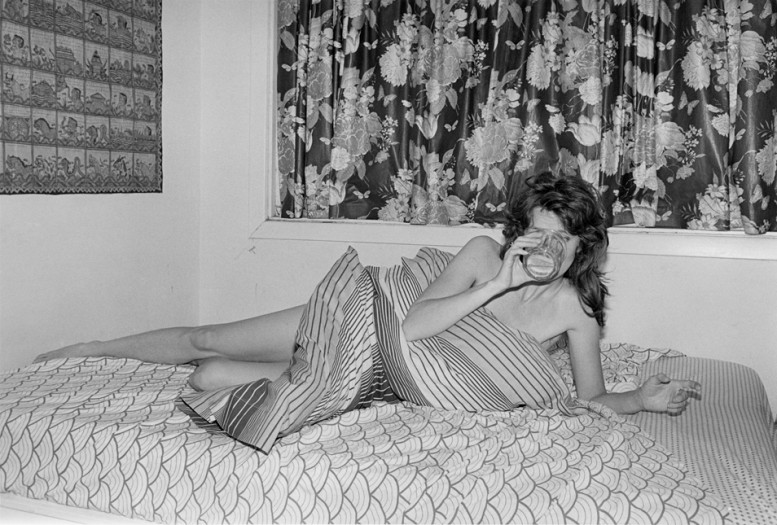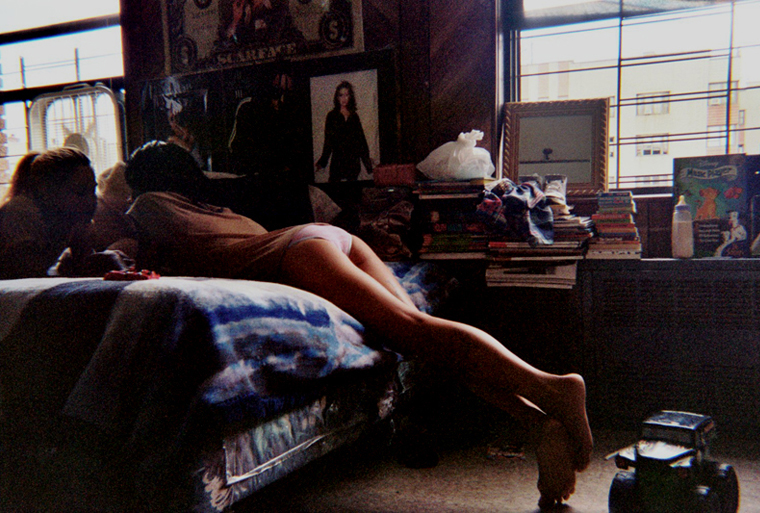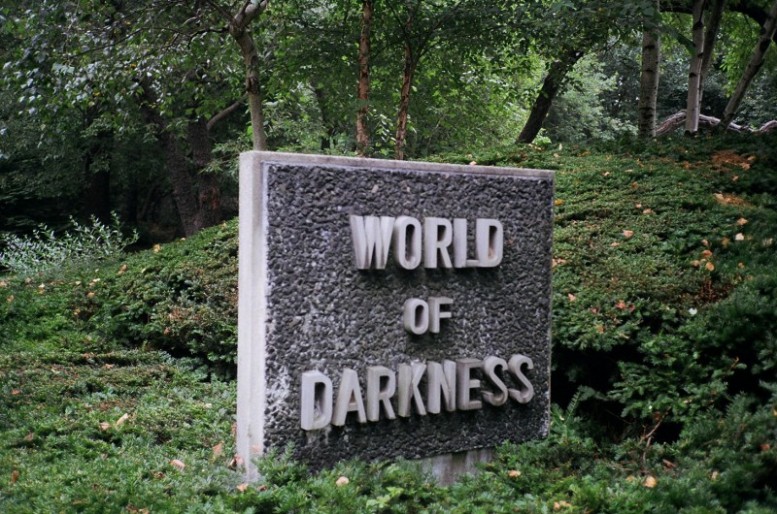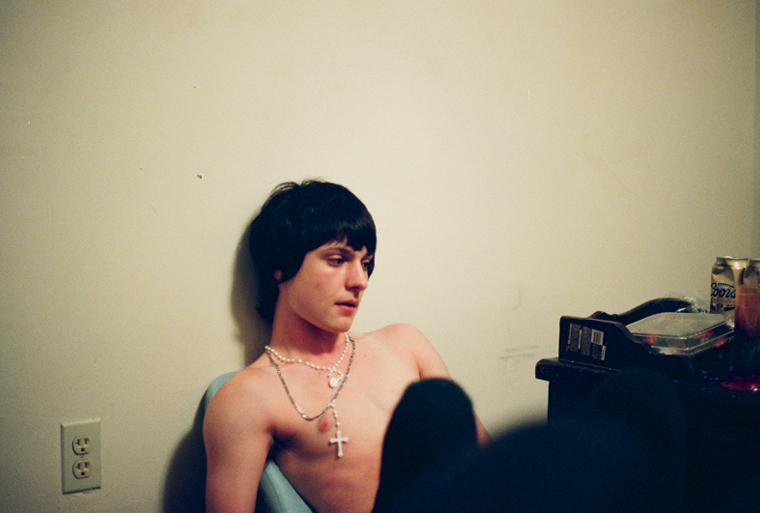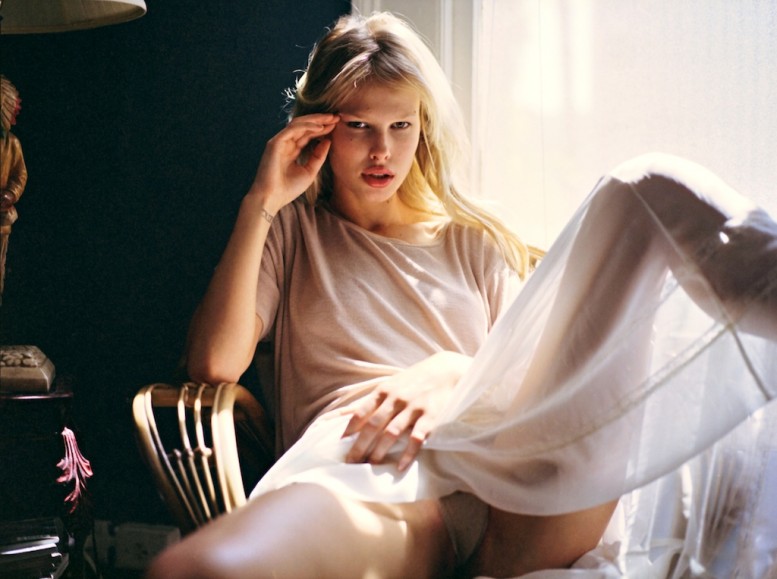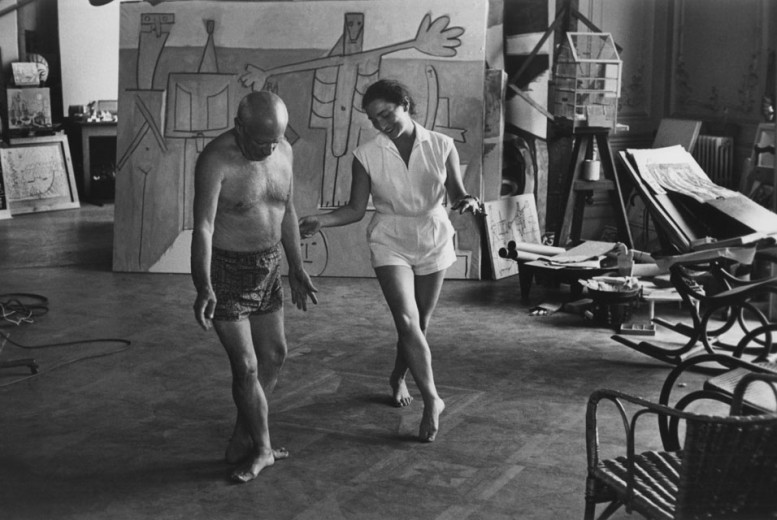
New Vivian Maier Photographs Curated by Patrick Sansone
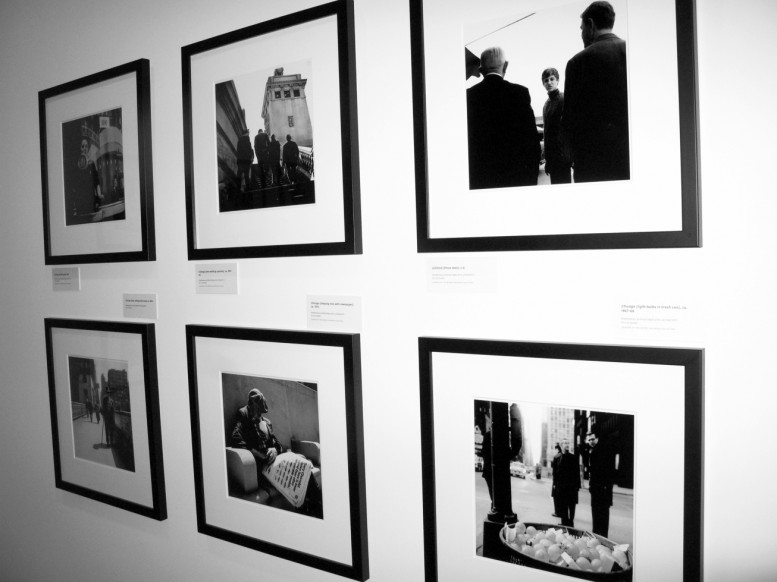
A selection of new prints by the recently discovered street photographer Vivian Maier excellently curated by Patrick Sansone of the band Wilco for the Solid Sound Festival at the MoCA Massachusetts. www.mocamass.com
photography by Oliver Maxwell Kupper for Pas Un Autre
Naomi

Photography by Adarsha Benjamin, Jewels and Chains by Jules Vezzetti
PHOTOGRAPHIES "L'IMAGINAIRE DU NU"
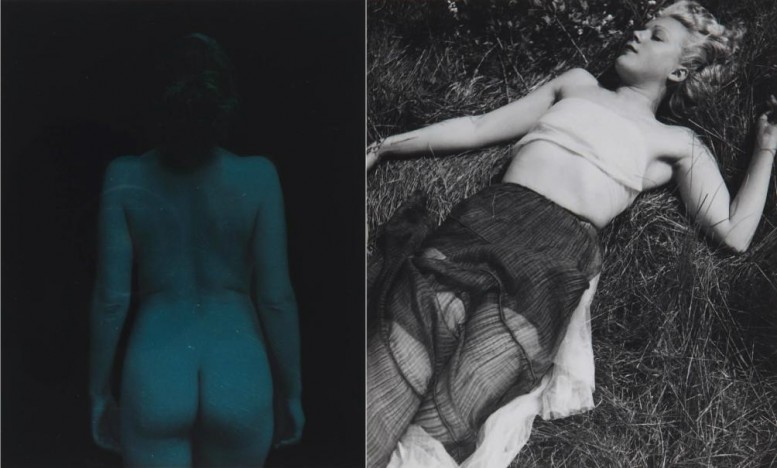
An amazing photography collection of nudes will be put up for auction by the Société de Ventes Volontaires Yann le Mouel, and under the expertise of Madame Viviane Esders, Expert of the Appeals Court of Paris, on Tuesday, June 28 at 2pm in room 16 of the Hôtel Drouot. You can view the full catalogue here.
Patti Smith: Camera Solo
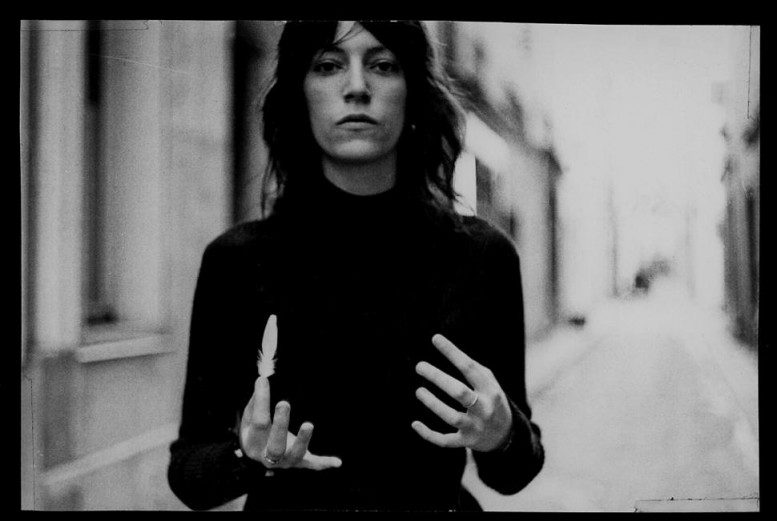 Patti Smith, Paris 1969, LINDA SMITH BIANUCCI
Patti Smith, Paris 1969, LINDA SMITH BIANUCCI
This fall, Wadsworth Atheneum in Hartfort, CT will premiere Patti Smith: Camera Solo, the first large-scale presentation of her visual work in the United States in nearly ten years. It will include approximately sixty black and white photographs and two multi-media installations.
[RETROSPECTIVE] Brian Duffy

The first ever full-career retrospective of the legendary British photographer opens to the public on July 8th 2011, coinciding with the publication of Duffy – the first and only book of the photographer's work. Duffy infamously quit photography in 1979 when, at the height of his career, he took the majority of his photographic work into the back garden and set it on fire. Featuring more than 160 images painstakingly rediscovered by Duffy’s son after years of searching through archives and publications around the world, this exhibition has truly risen from the ashes. On view July 8 to August 28 at Idea Generation in London. www.gallery.ideageneration.co.uk
Hungarian Rhapsody
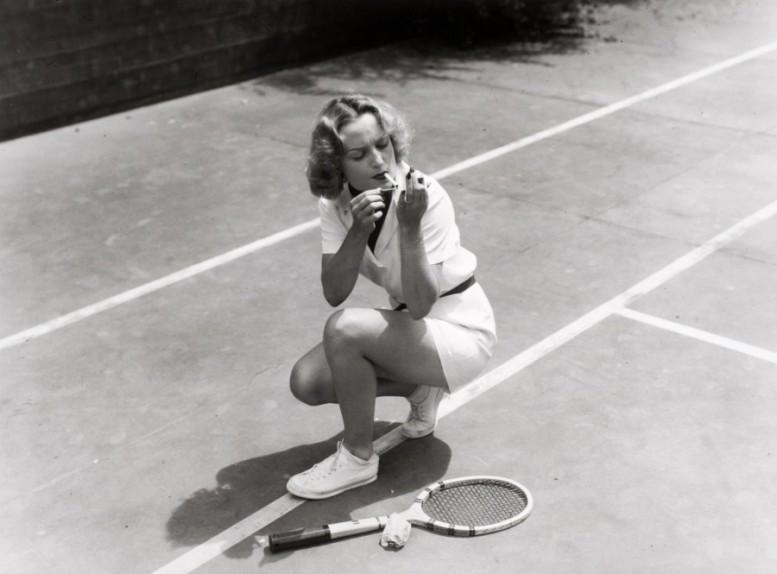 Martin Munkacsi, Carole Lombard, Hollywood, 1937
Martin Munkacsi, Carole Lombard, Hollywood, 1937
Brassaï, Robert Capa, André Kertész, László Moholy-Nagy and Martin Munkácsi each left Hungary to make their names in Germany, France and the USA, and are now known for the profound changes they brought about in photojournalism, as well as abstract, fashion and art photography. Others, such as Károly Escher, Rudolf Balogh and Jószef Pécsi remained in Hungary producing high-quality and innovatory photography. A display of approximately two hundred photographs ranging in date from c.1914–c.1989 will explore stylistic developments in photography and chart key historical events. These striking images will reveal the achievements of Hungarian photographers who left such an enduring legacy to international photography. Exhibition organised by the Royal Academy of Arts on the occasion of the Hungarian Presidency of the EU 2011. On view from June 30 to October 2 at the Royal Academy of Arts in London. www.royalacademy.org.uk
Daido Moriyama: Memoirs of Light
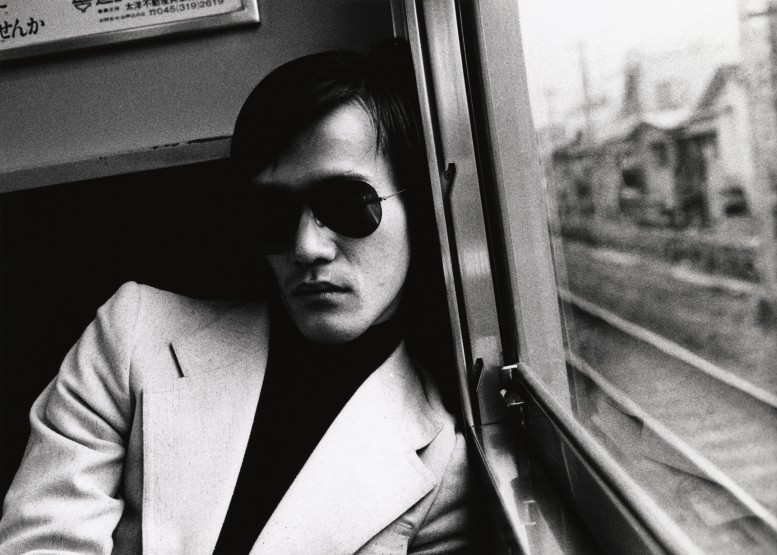 Daido Moriyama, Hippie Crime 1970
Daido Moriyama, Hippie Crime 1970
"Photographs are the footprints of light and memory, photographs are the history of memory. The myth of the light." Daido Moriyama "Memories of Light" traces the journey of a wandering photographer who, after half a century on the road, had only guides for his memory and memories. Born in 1938 in Osaka, Daido Moriyama has experienced war, the defeat of Japan, the U.S. military occupation, the rise and decline of the "economic miracle." The Polka Gallery in Paris presents "Memory of Light" an exhibition of Japanese photographer Daido Moriyama.
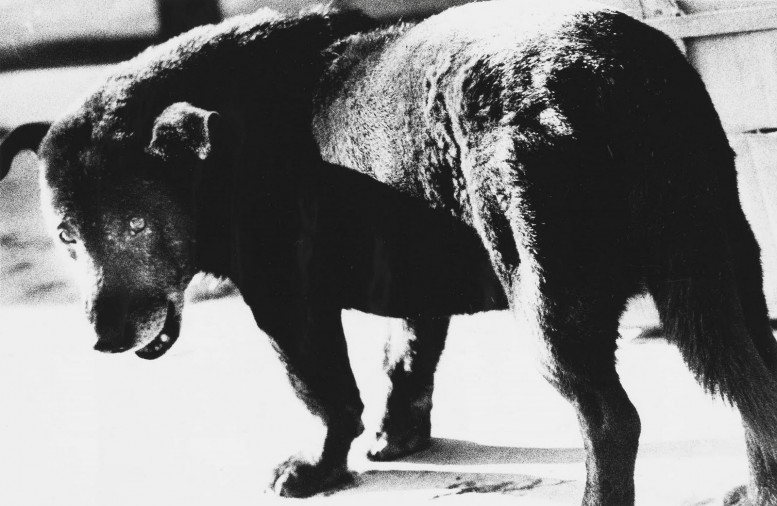 Daido Moriyama, Aomori, Japon, 1971
Daido Moriyama, Aomori, Japon, 1971
 Daido Moriyama, Tokyo, 1978
Daido Moriyama, Tokyo, 1978
 Daido Moriyama, Halo, 1976
Daido Moriyama, Halo, 1976
The Caillebotte Brothers' Private World
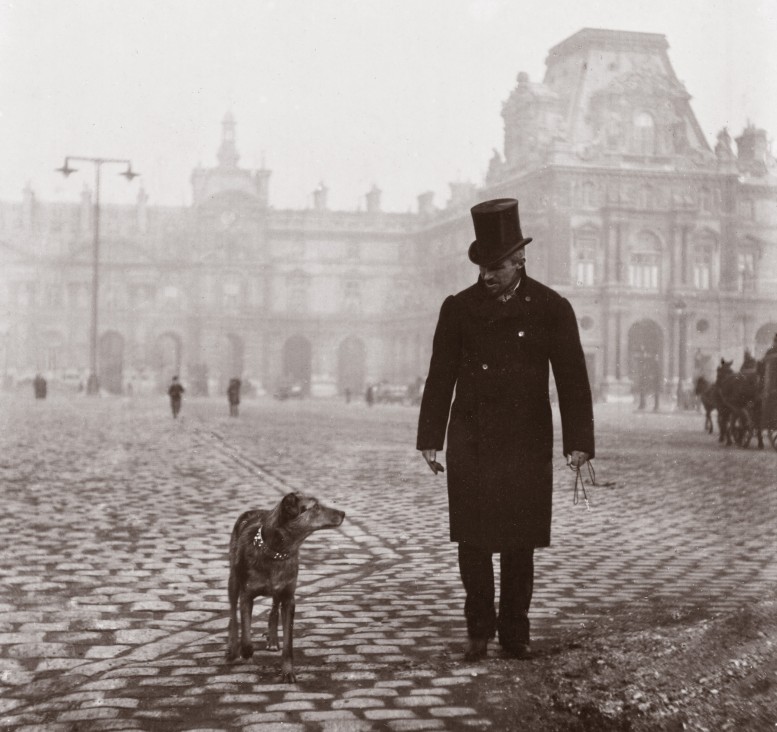
From 25 March to 11 July 2011, the Jacquemart-André Museum is presenting The Caillebotte brothers’ private world. Painter and photographer. An encounter between Impressionism and photography, this exhibition evokes the artistic and private world of the Caillebotte brothers. www.musee-jacquemart-andre.com
STEFANIE SCHNEIDER's Polaroids
"Stefanie Schneider's scintillating situations take place in the American West. Situated on the verge of an elusive super-reality, her photographic sequences provide the ambience for loosely woven story lines and a cast of phantasmic characters. Schneider works with the largely uncontrollable chemical mutations of expired polaroid film stock. Chemical explosions of color spreading across the surfaces undermine the photograph's commitment to reality and induce her characters into trance-like dreamscapes. Like flickering sequences of old road movies Schneider's images seem to evaporate before conclusions can be made - their ephemeral reality manifesting in subtle gestures and mysterious motives. Schneider's images refuse to succumb to reality, they keep alive the confusions of dream, desire, fact, and fiction." www.instantdreams.net
Sandy Kim's Photography
Check out more of Sandy Kim's work at www.sandykim.com
Ed Templeton: Teenage Kissers
Ed Templeton at Half Gallery in NYC from June 23 to July 25. www.halfgallery.com
Bel'Art Private Collections
Photographers: April-lea
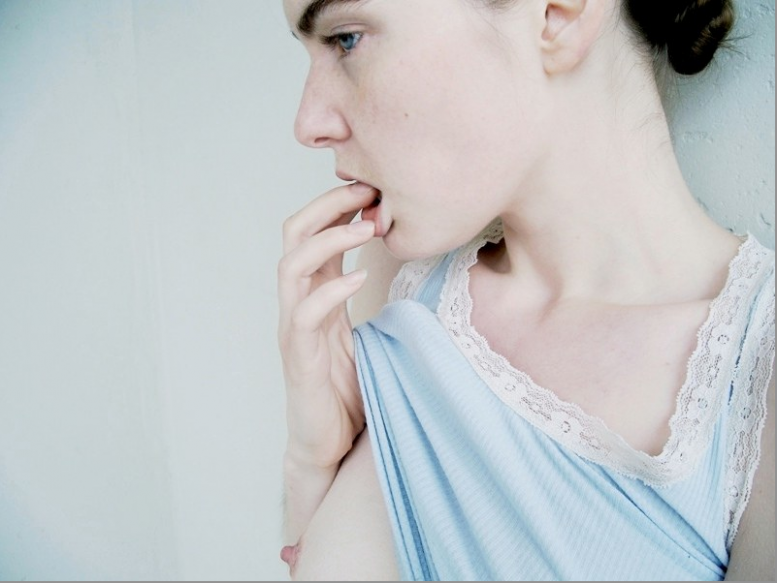
"My work created as a photographer is part of a longstanding relationship with the camera that began with modeling. I have a fondness for film and a deep desire to photograph people as people, breaking from expected norms of beauty. In my work, I look for emotion, try to tell a story, and reveal the beauty in my characters. Beyond the aesthetic qualities imparted by instant film and long exposures, my empathetic relationship with the person in front of the camera infuses my images with comfortable intimacy and perhaps a touch of nostalgia. I create timeless images using various film formats including Polaroid. I am a purist at heart."

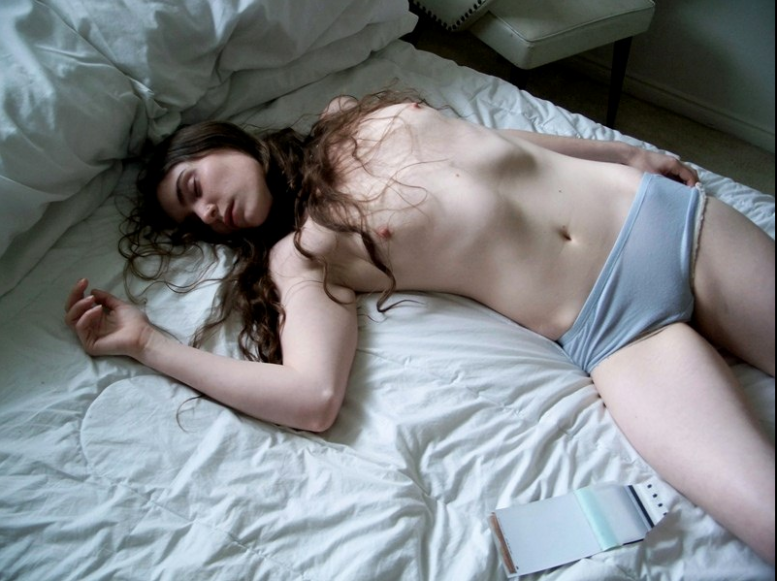
WEBSITE
Overpainting in Twentieth Century Press Photography
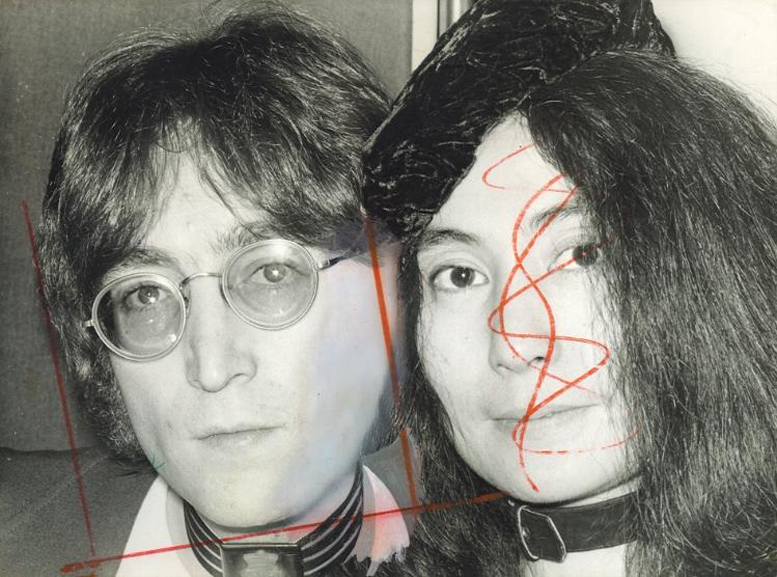
Before the invention of photoshop in 1991, it was commonplace for press agencies and the photographic departments of newspapers and magazines to enhance, crop and embellish their press photographs prior to publication. An upcoming exhibition, entitled Overworked: Overpainting in Twentieth Century Press Photography, at Flash Projects UK explores the ways in which photographs were worked-over in paint, gouache, watercolour and pencil prior to their publication, challenging the veracity of the image.


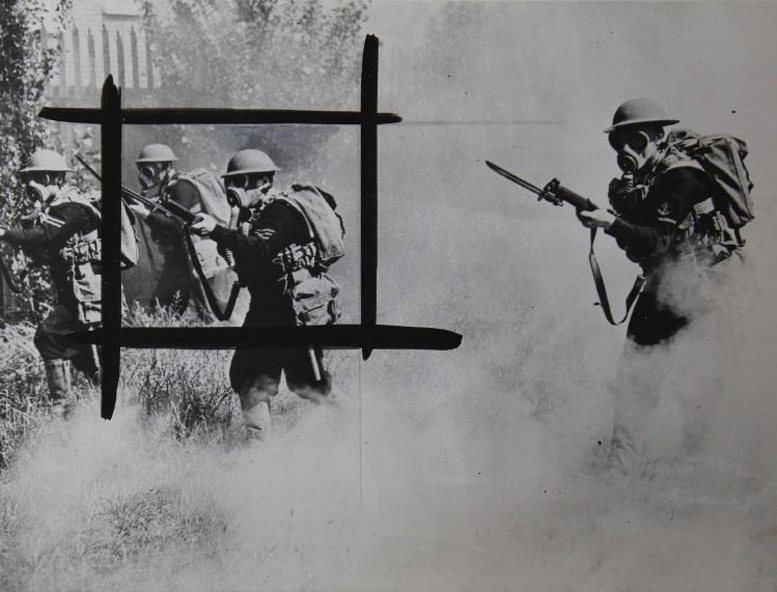
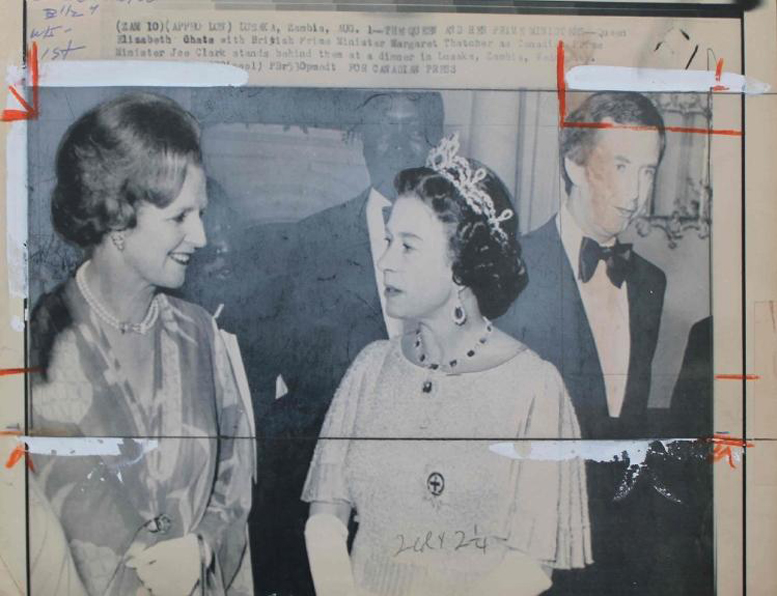
www.flash-projects.co.uk
Alexander Rodchenko: Revolution in Photography

Fotomuseum Winterthur presents Alexander Rodchenko: Revolution in Photography, on view from May 28th until 14 August 2011. www.fotomuseum.ch
Adarsha and Clark at Coney Island
 Photo by Jordan Bree Long
Photo by Jordan Bree Long
Burning Camera: Fernell Franco's Prostitutes

Fernell Franco worked as reporter and advertising agent. Throughout his career his professional duties crisscrossed constantly with brilliant results. The series Prostitutes is the starting point of an exhibition that encompasses his analysis of urban life as well as his experimental take on temporal processes. On view until July 4 as part of Photo España 2011 at the Bellas Artes De Madrid. www.bellasartesdemadrid.com
No Encores....New Photography by Carlos Nunez
Henry Wessel: Vintage Photographs
